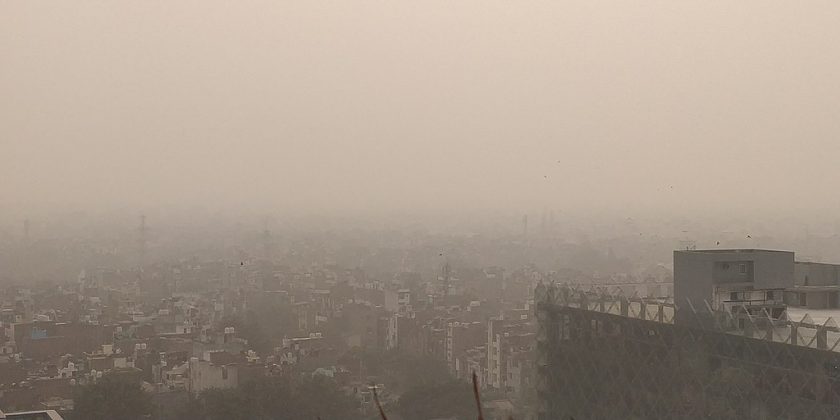When Air Pollution and Climate Change Mix
December 12, 2023

The effects of air pollution on human health, economies and agriculture differ drastically depending on where on the planet the pollutants are emitted, according to a study that could incentivize certain countries to cut climate-changing emissions.
Led by the Jackson School of Geosciences and the University of California San Diego, the study, published in Science Advances, is the first to simulate how aerosol pollution affects both climate and air quality for locations around the globe.
Aerosols are tiny solid particles and liquid droplets that contribute to smog and are emitted from industrial factories, power plants and vehicle tailpipes. They affect human health and agricultural and economic productivity in unique global patterns different from those of carbon dioxide (CO2) emissions, which are the focus of efforts to mitigate climate change.
Although CO2 and aerosols are often emitted at the same time during the combustion of fuel, the two substances behave differently in Earth’s atmosphere, said co-lead author Geeta Persad, an assistant professor in the Department of Earth and Planetary Sciences.
“Carbon dioxide has the same impact on climate no matter who emits it,” said Persad. “But for these aerosol pollutants, they tend to stay concentrated near where they’re emitted, so the effect that they have on the climate system is very patchy and very dependent on where they’re coming from.”
The researchers found that, depending on where they are emitted, aerosols can worsen the social costs of carbon — an estimate of the economic cost that greenhouse gases have on society — by as much as 66%. The scientists looked at eight key regions: Brazil, China, East Africa, Western Europe, India, Indonesia, United States and South Africa.
The outcome paints a varied and complicated picture. Emissions from some regions produce climate and air quality effects that range from two to more than 10 times as strong as others. Sometimes the social costs affect neighboring regions more than the region that produced the aerosol emissions. For example, emissions generated in Europe result in four times as many infant deaths outside Europe as within.
Back to the Newsletter